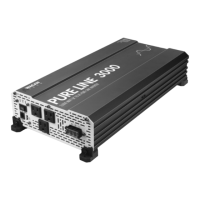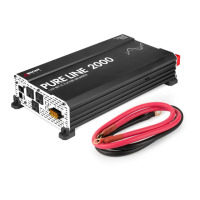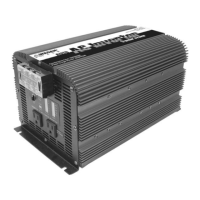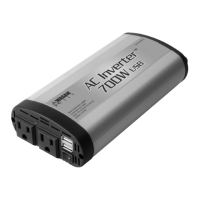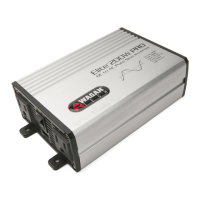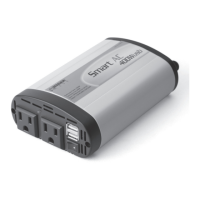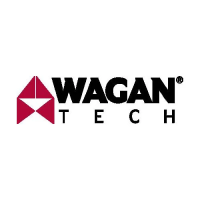How to fix a Wagan PURE LINE 3000 Inverter with low or no output voltage and a lit fault LED?
- RRhonda JohnsonJul 30, 2025
If your Wagan Inverter has low or no output voltage and the fault LED is lit, it's likely due to poor contact with the battery or inverter terminals. Clean the terminals thoroughly, then reinstall and tighten them.
